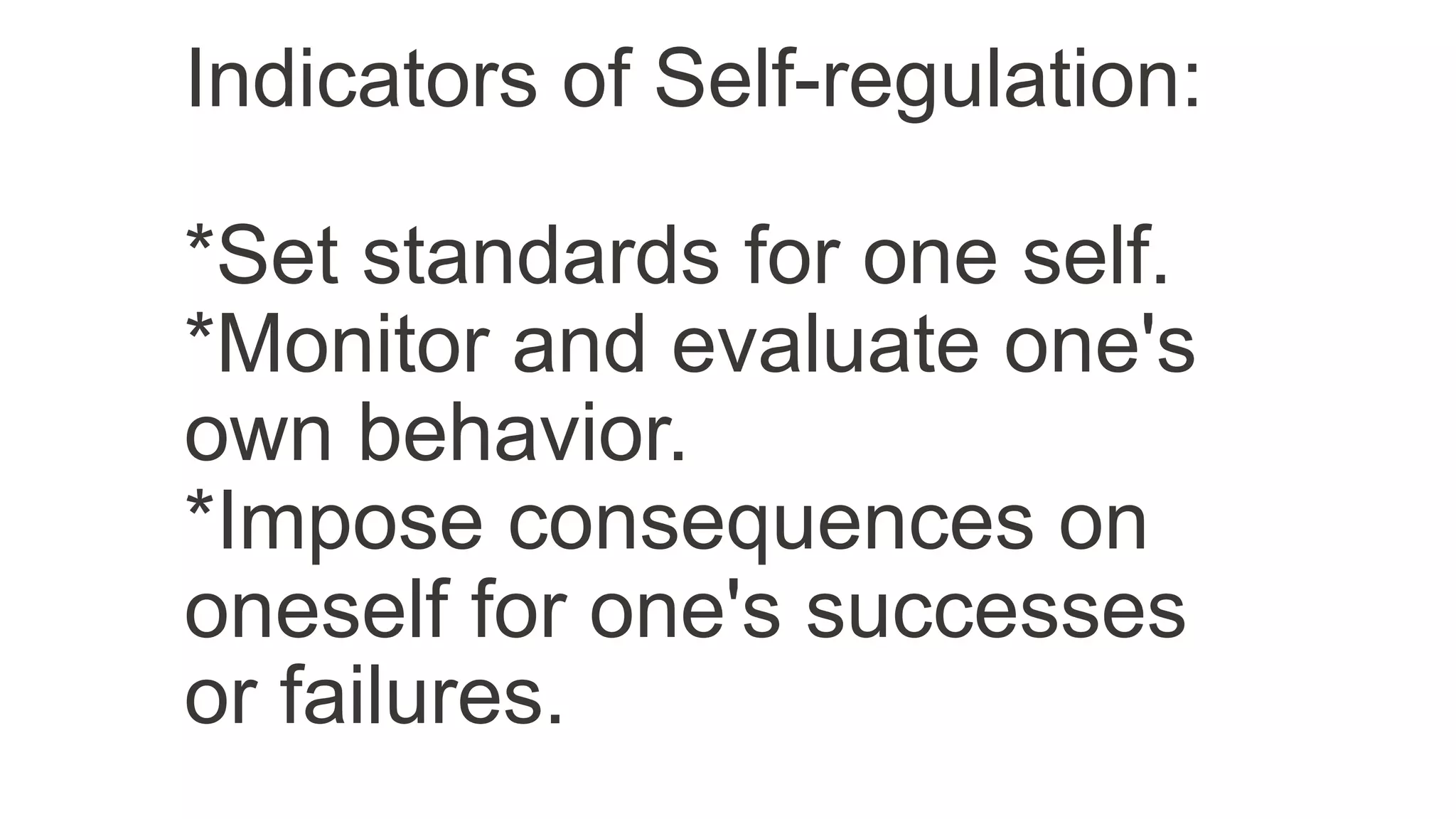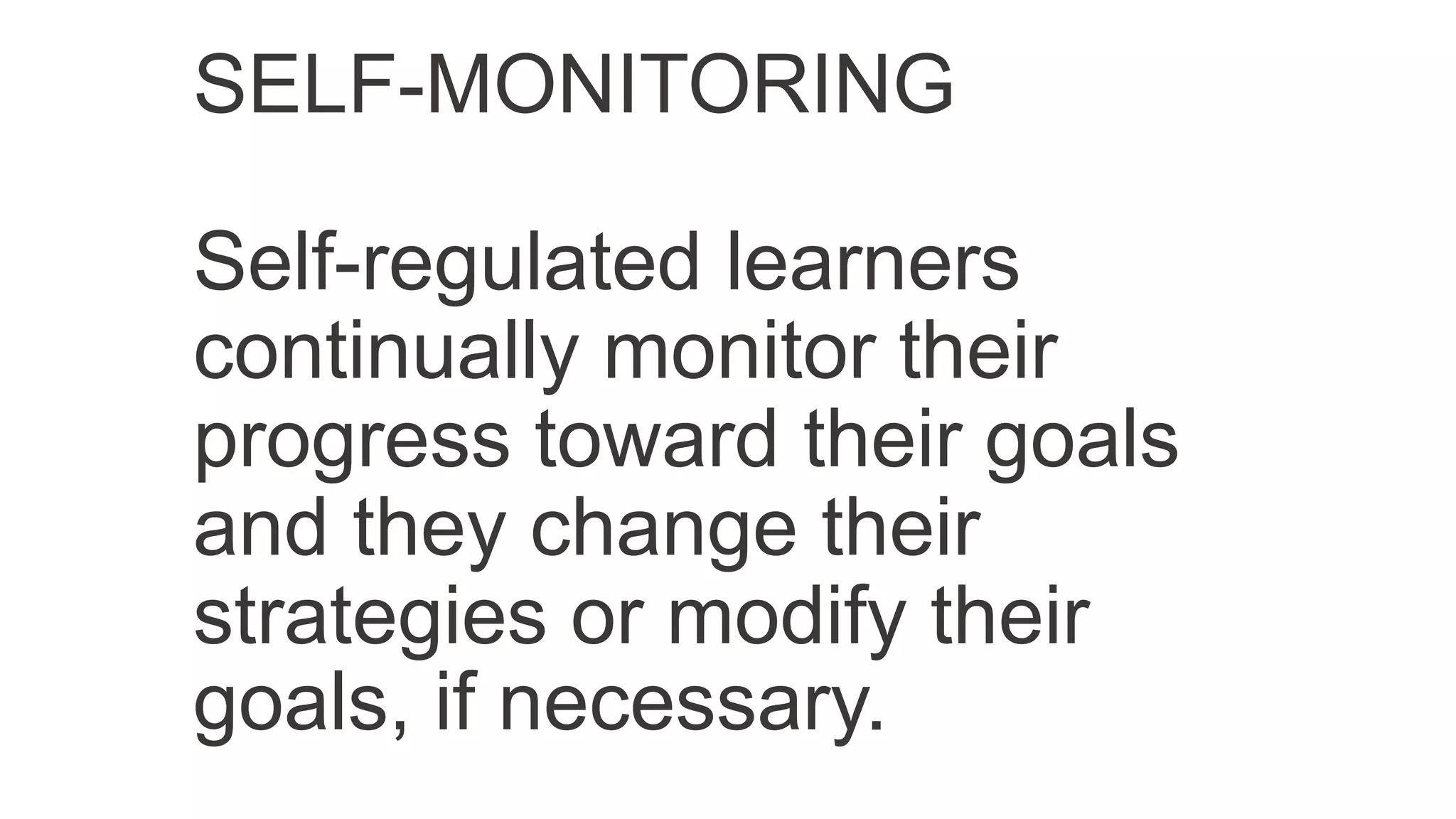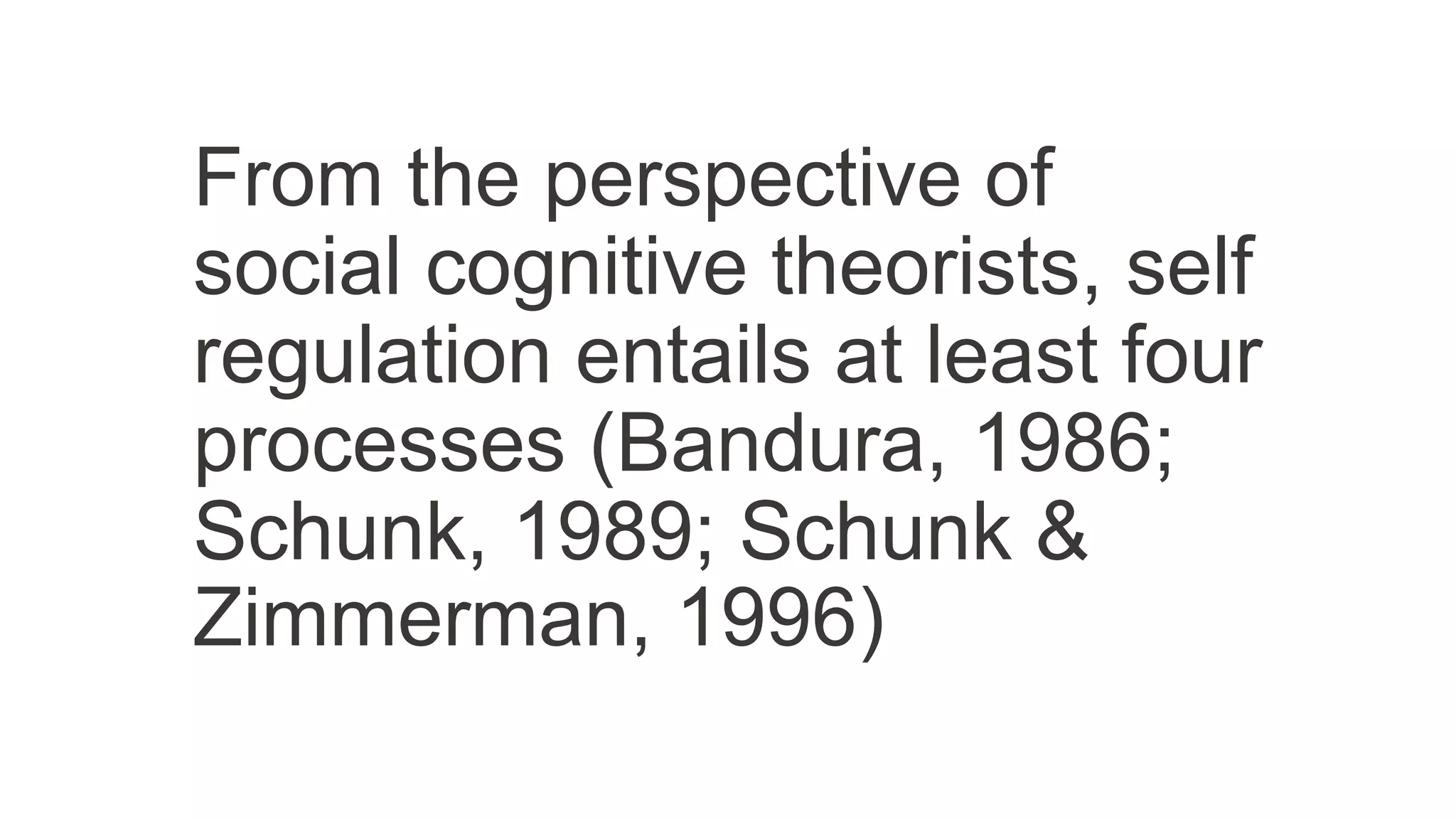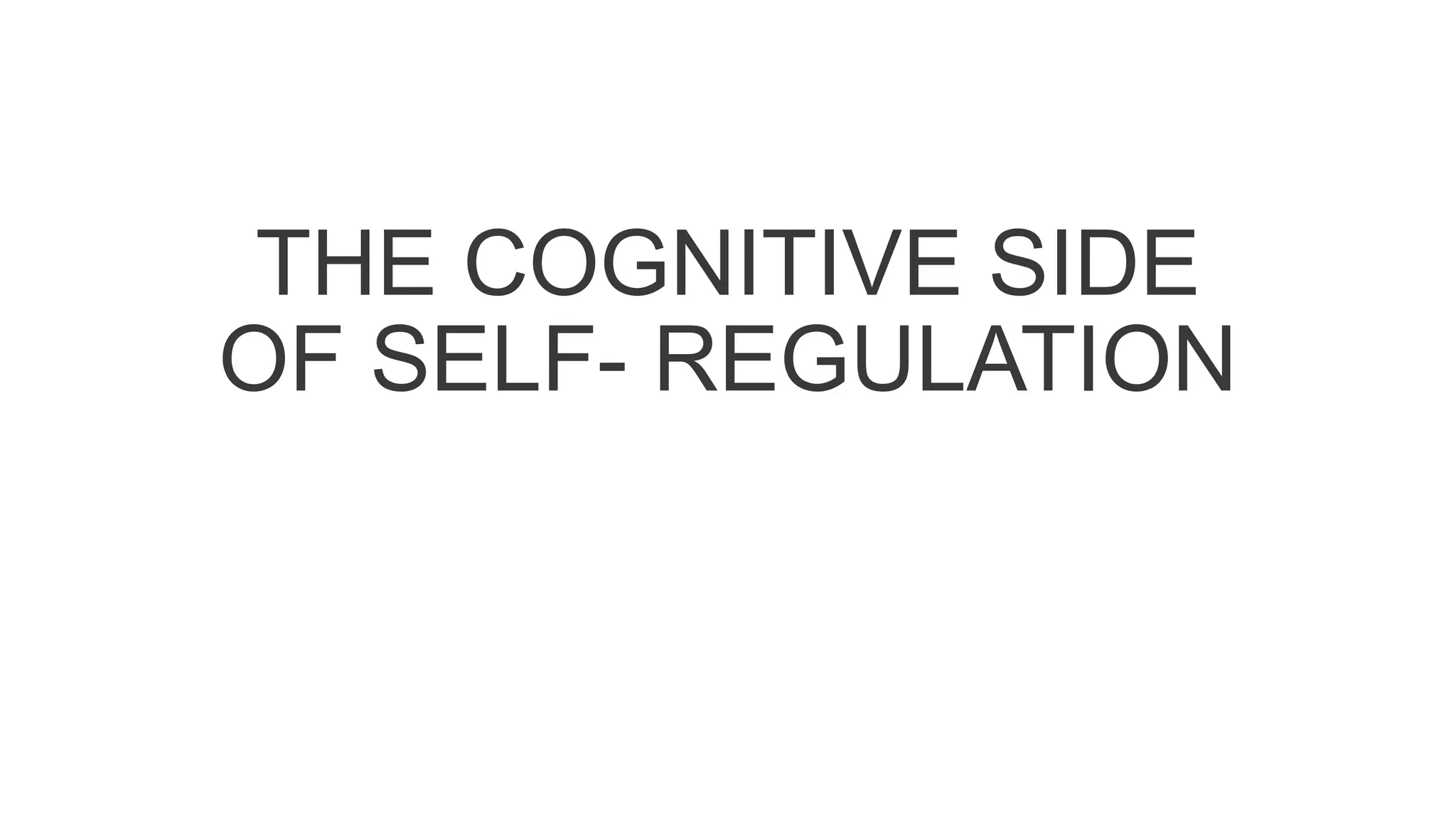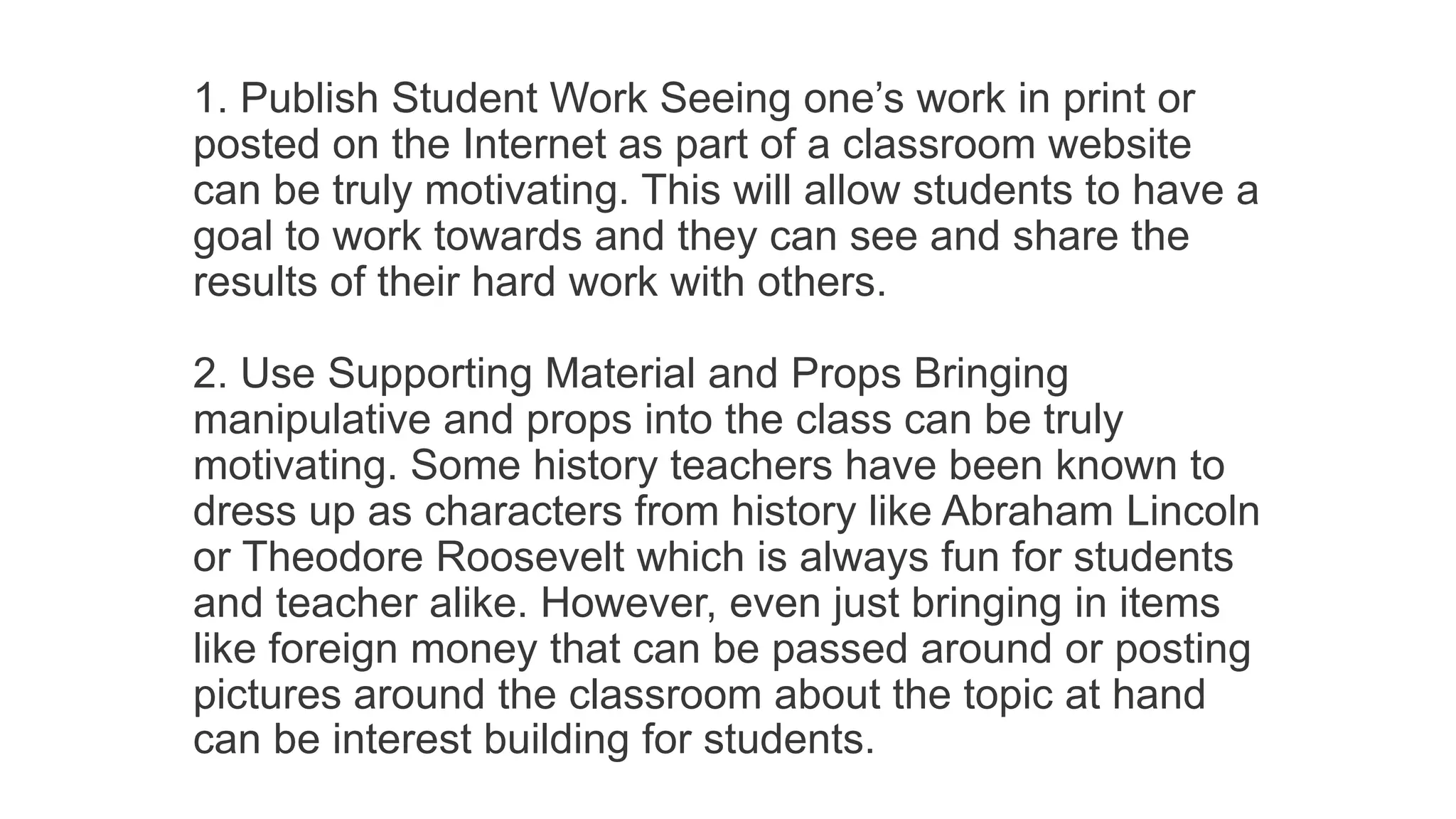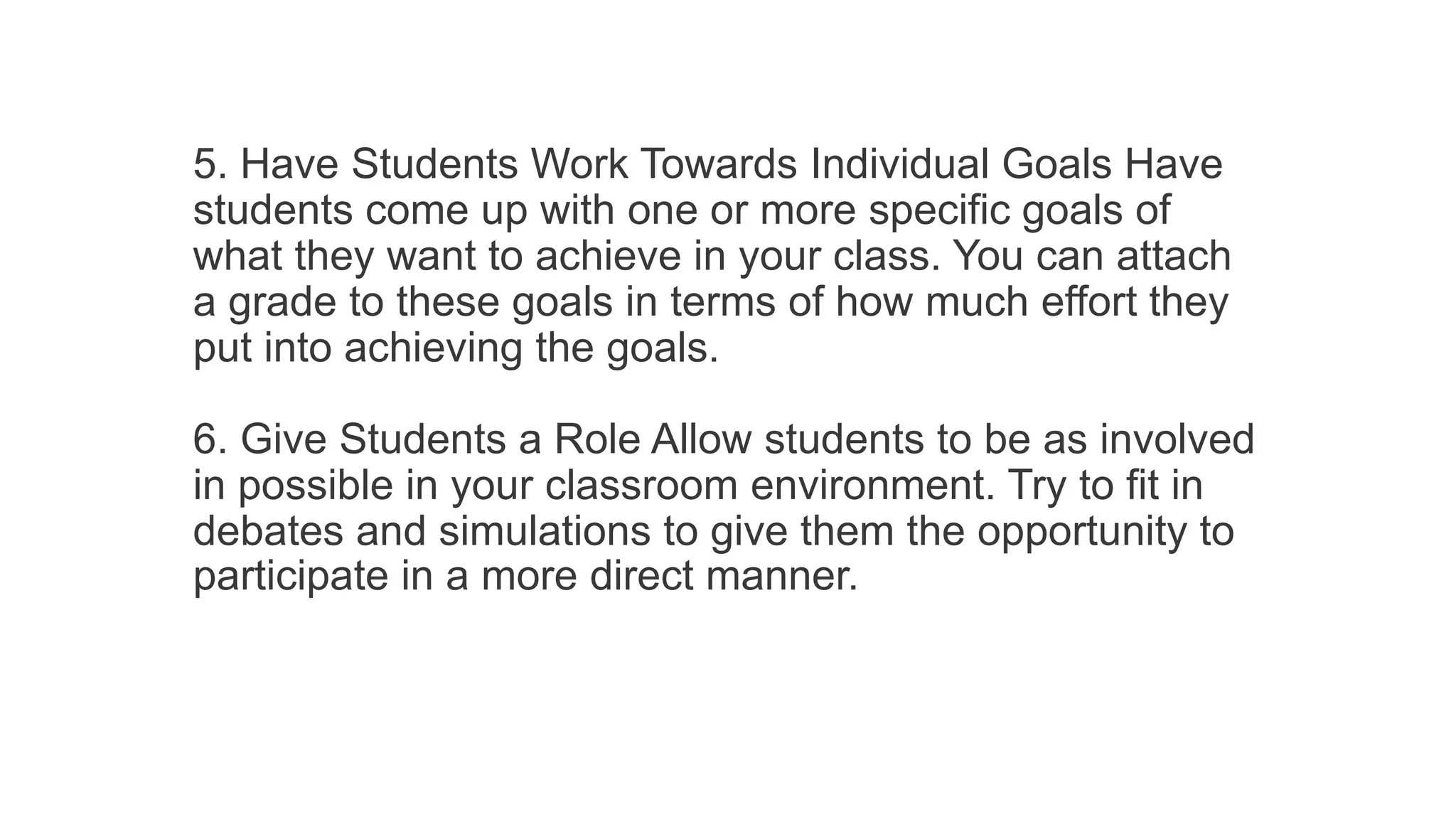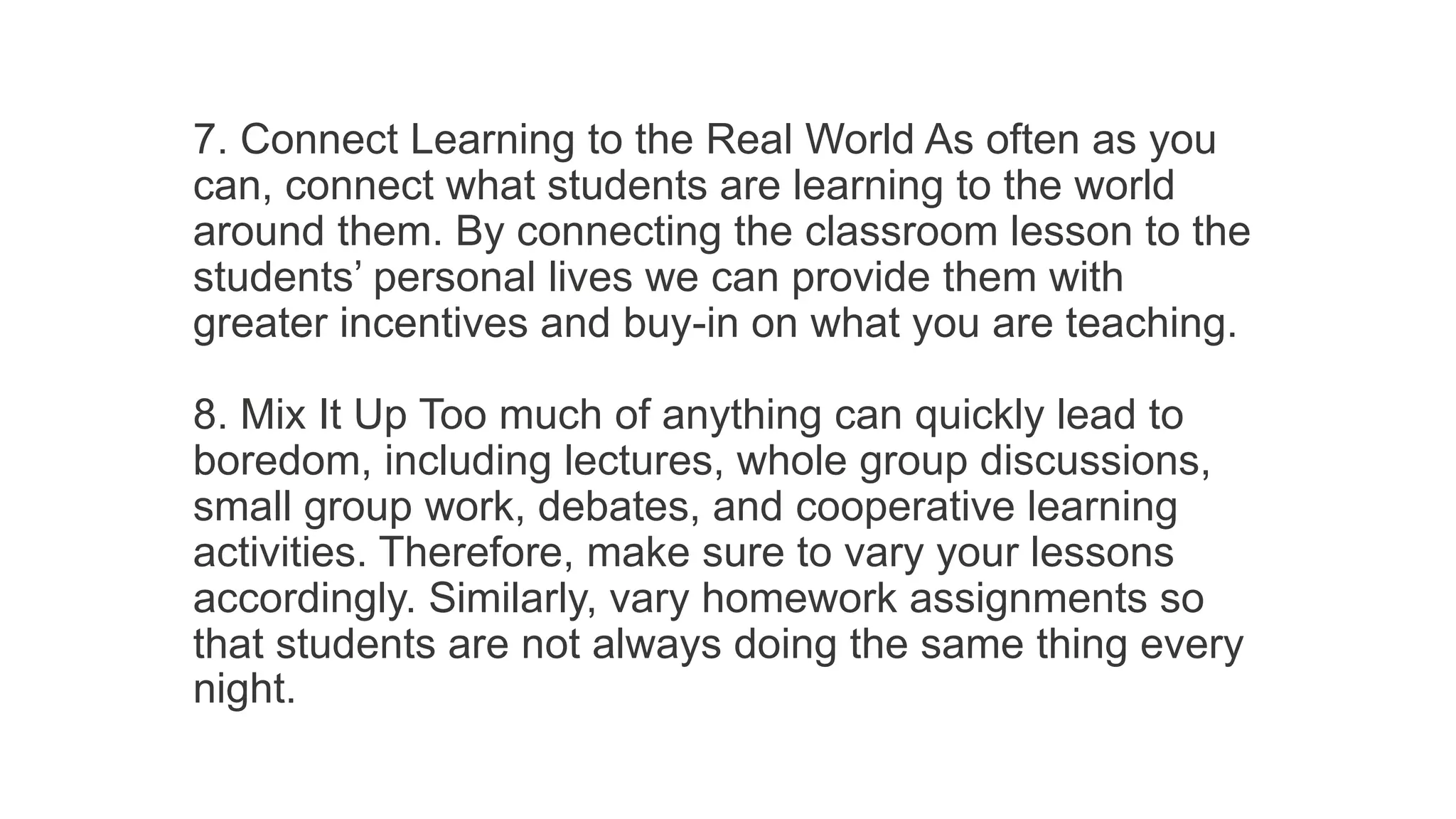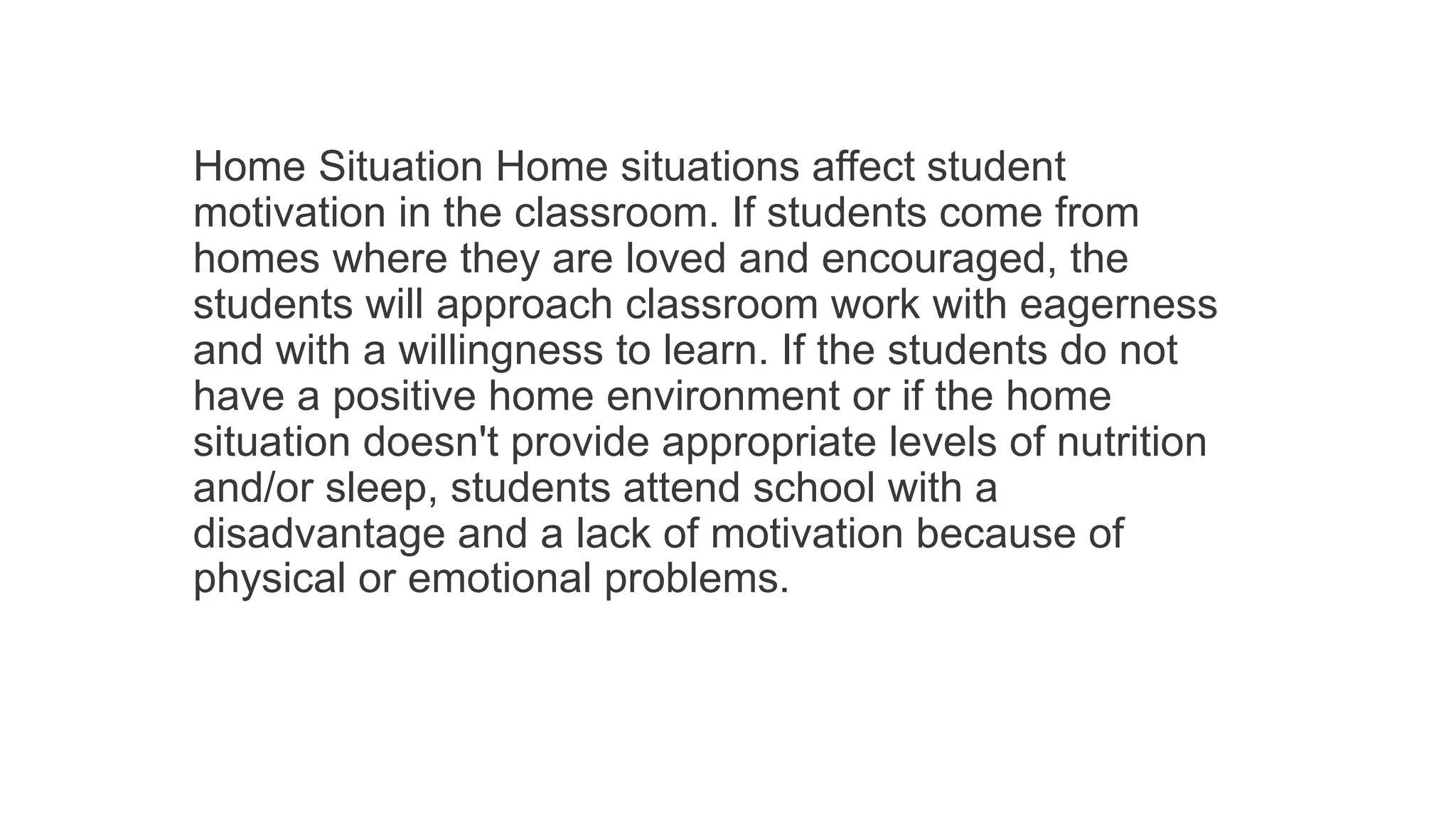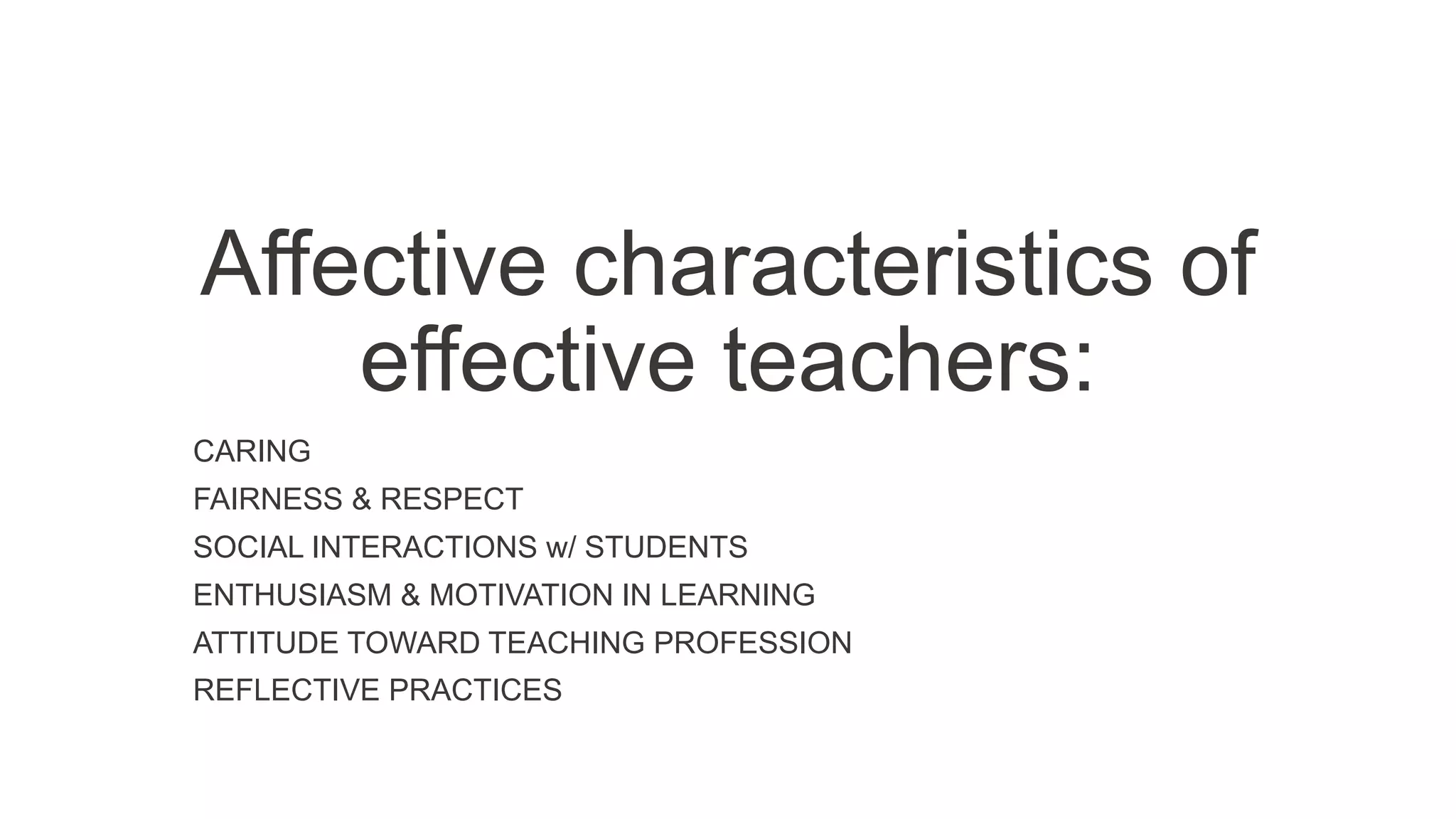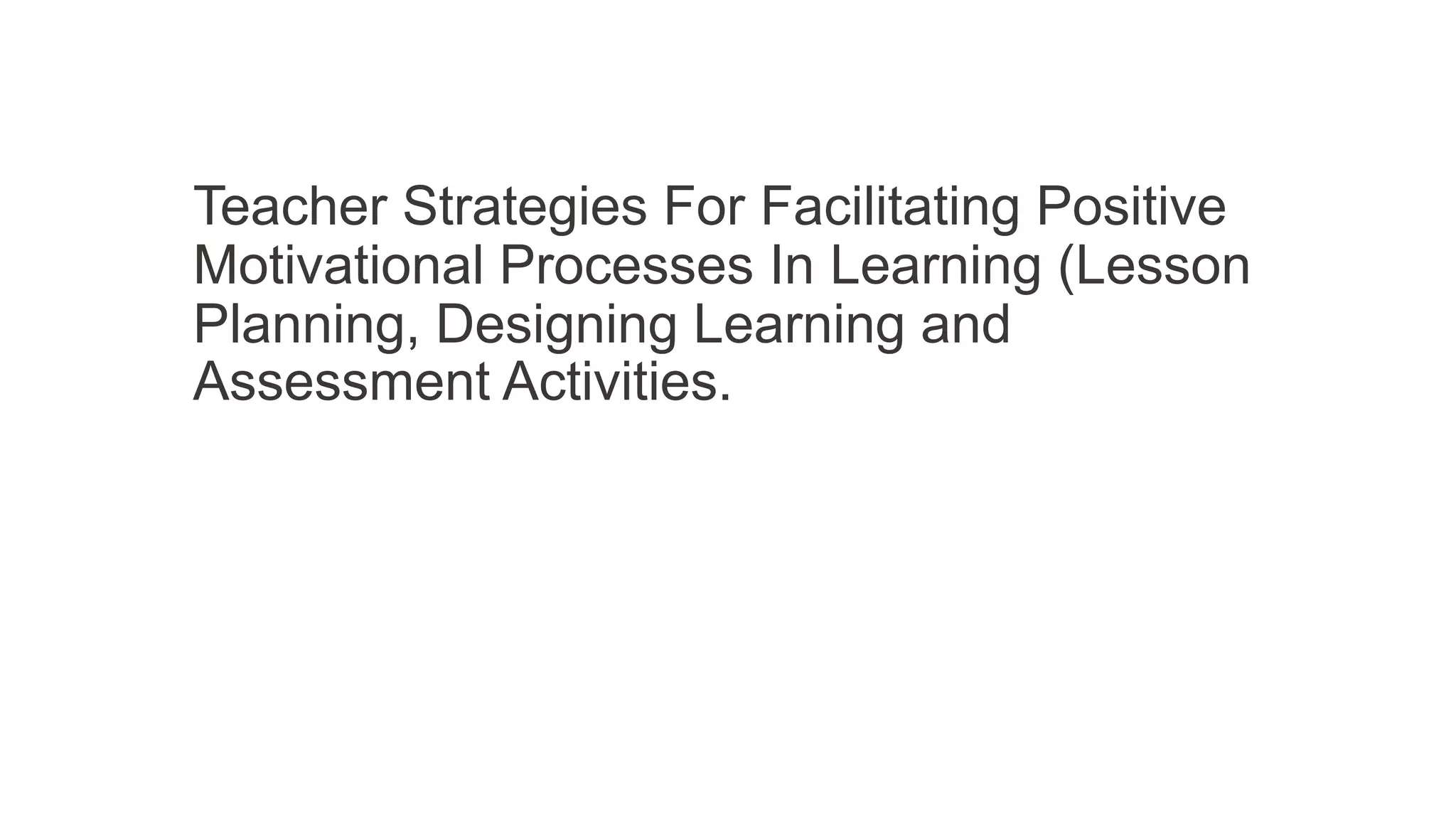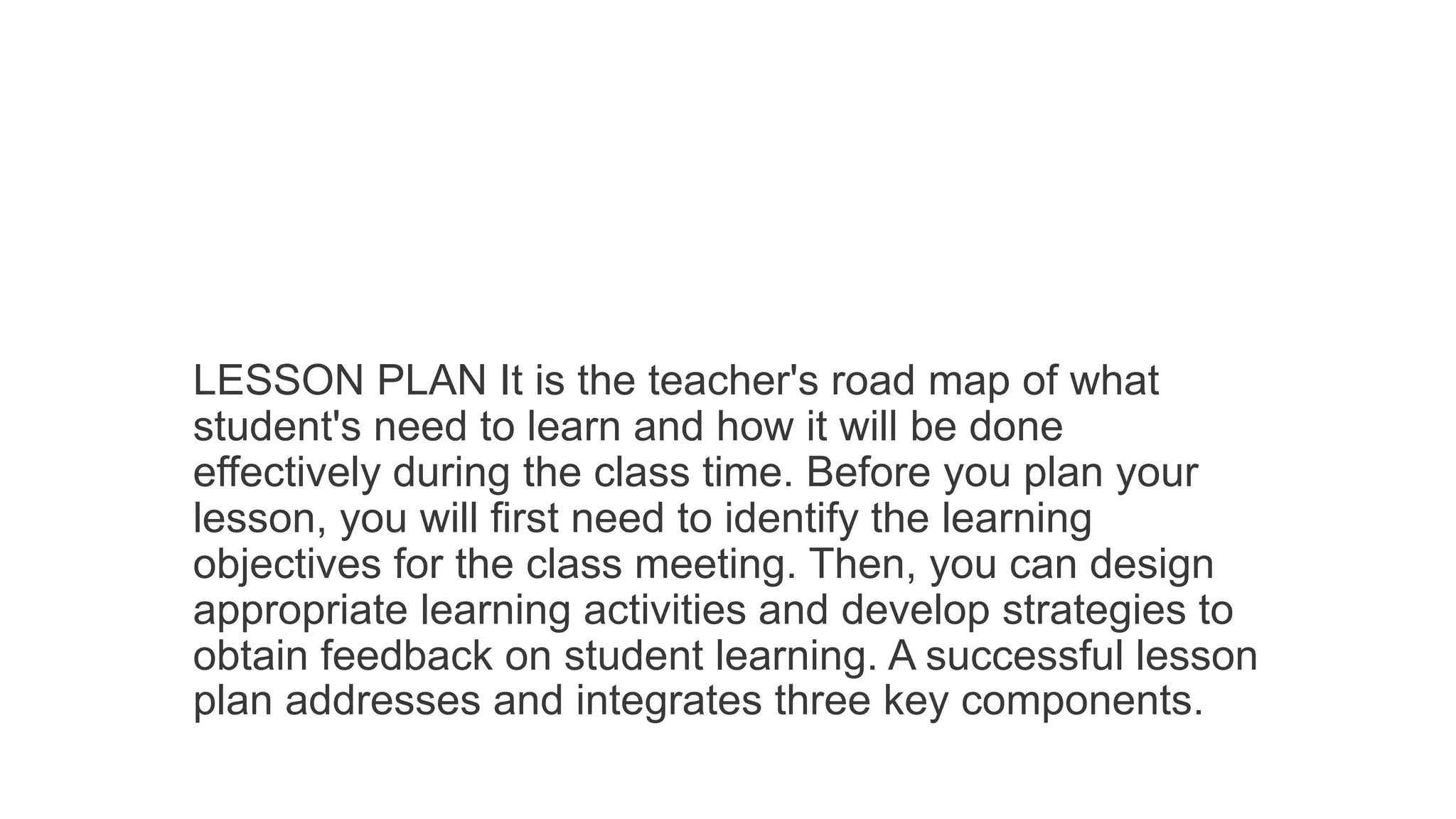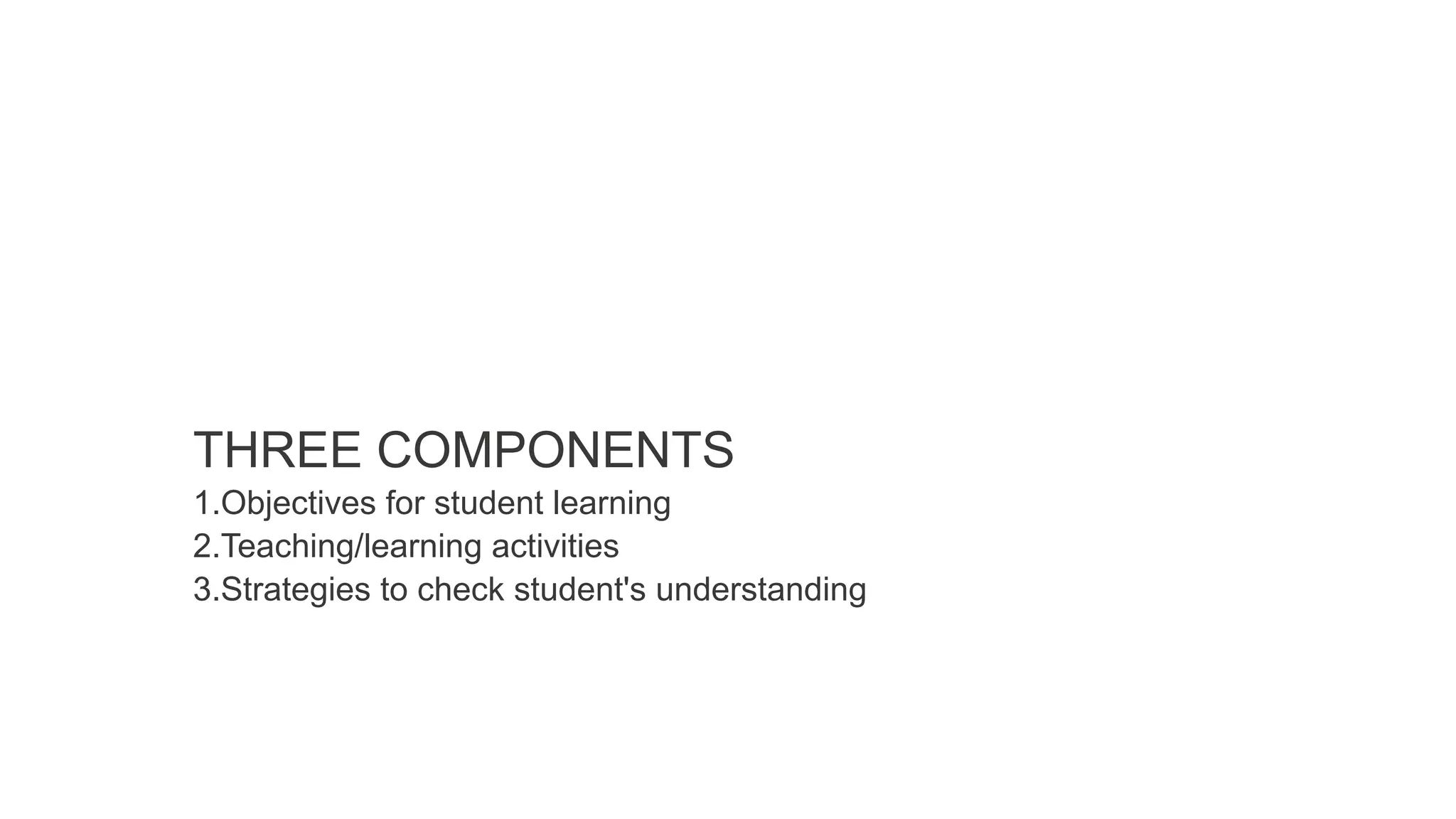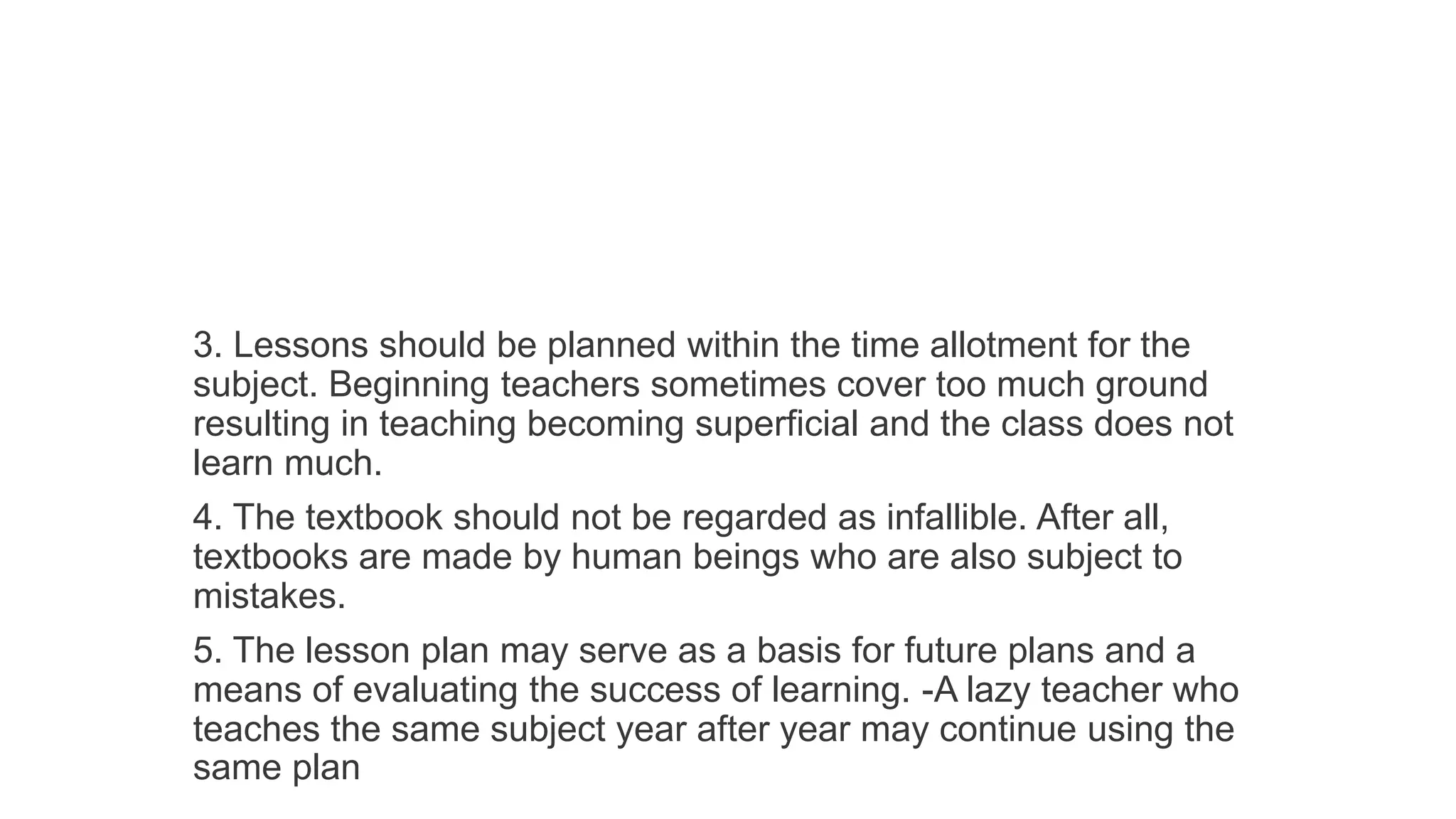The document discusses various topics related to motivational factors in learning, including:
1) Intrinsic and extrinsic motivation as well as self-efficacy beliefs.
2) Goal theories, self-regulation, and how cognition and motivation are coordinated in learning.
3) Classroom and environmental factors that can shape motivation, such as teacher strategies, the learning environment, and parental involvement.
4) Key aspects of self-regulation including goal setting, planning, attention control, use of learning strategies, self-monitoring, and self-evaluation.




